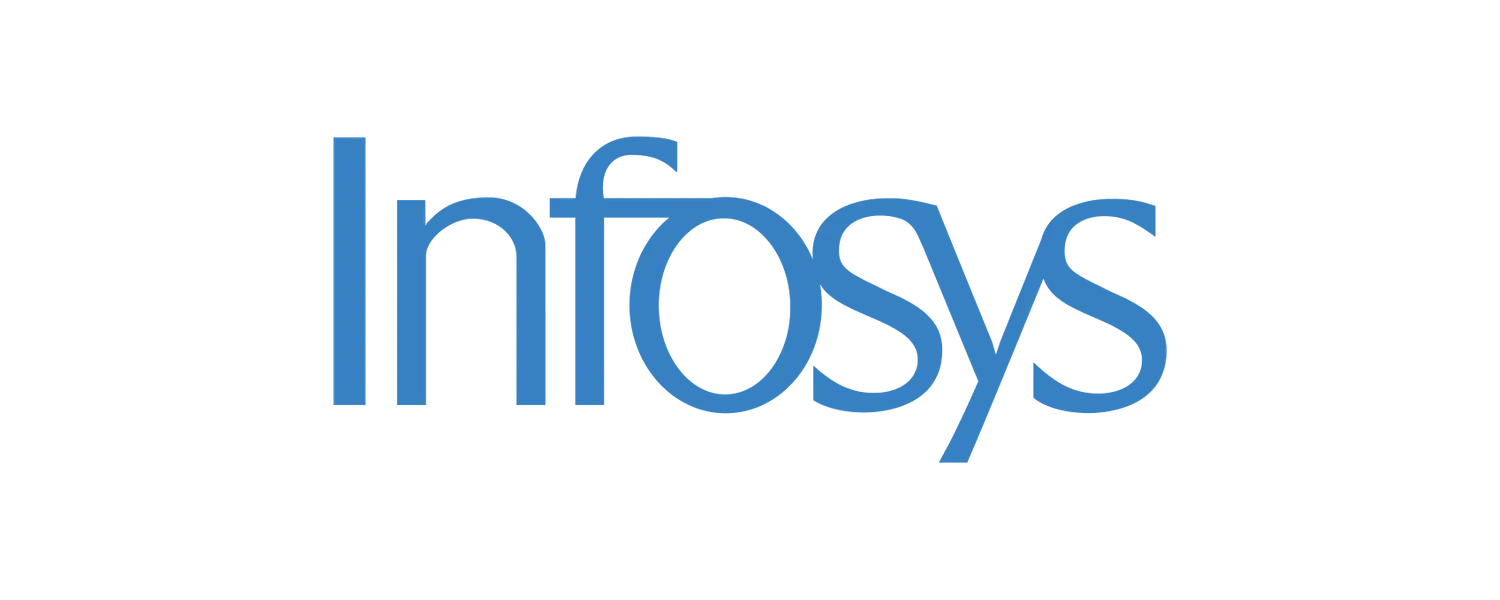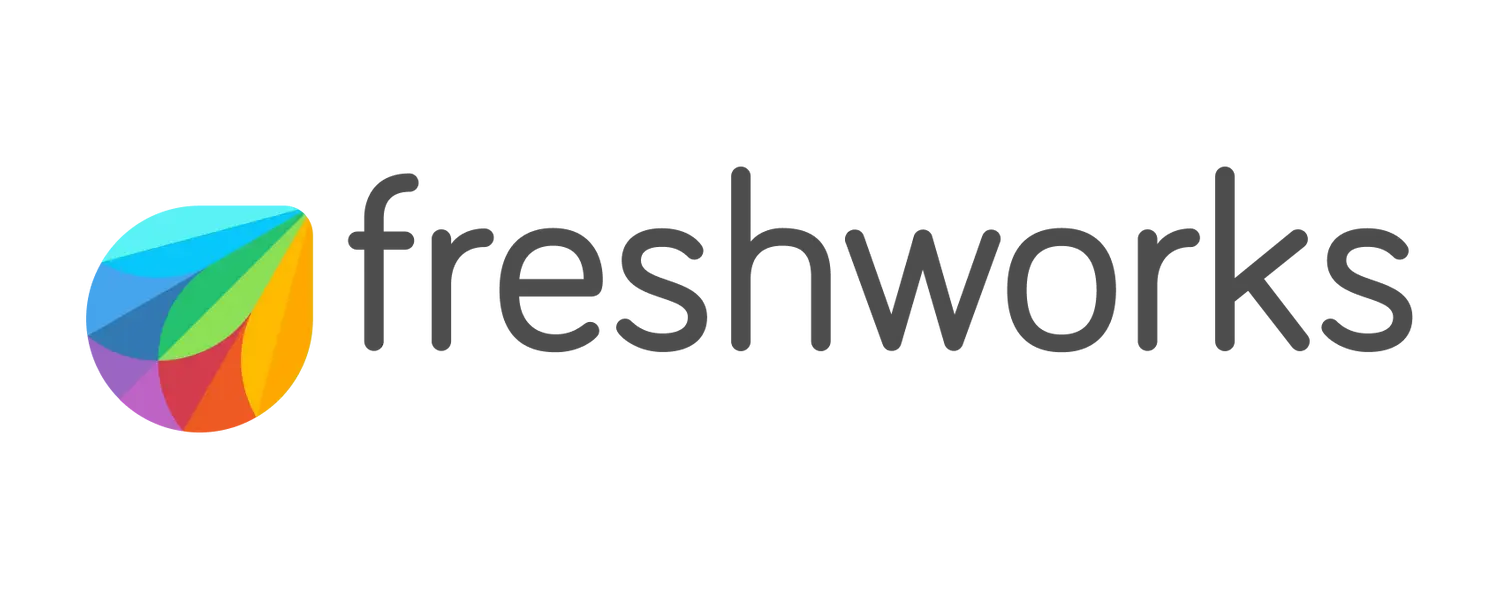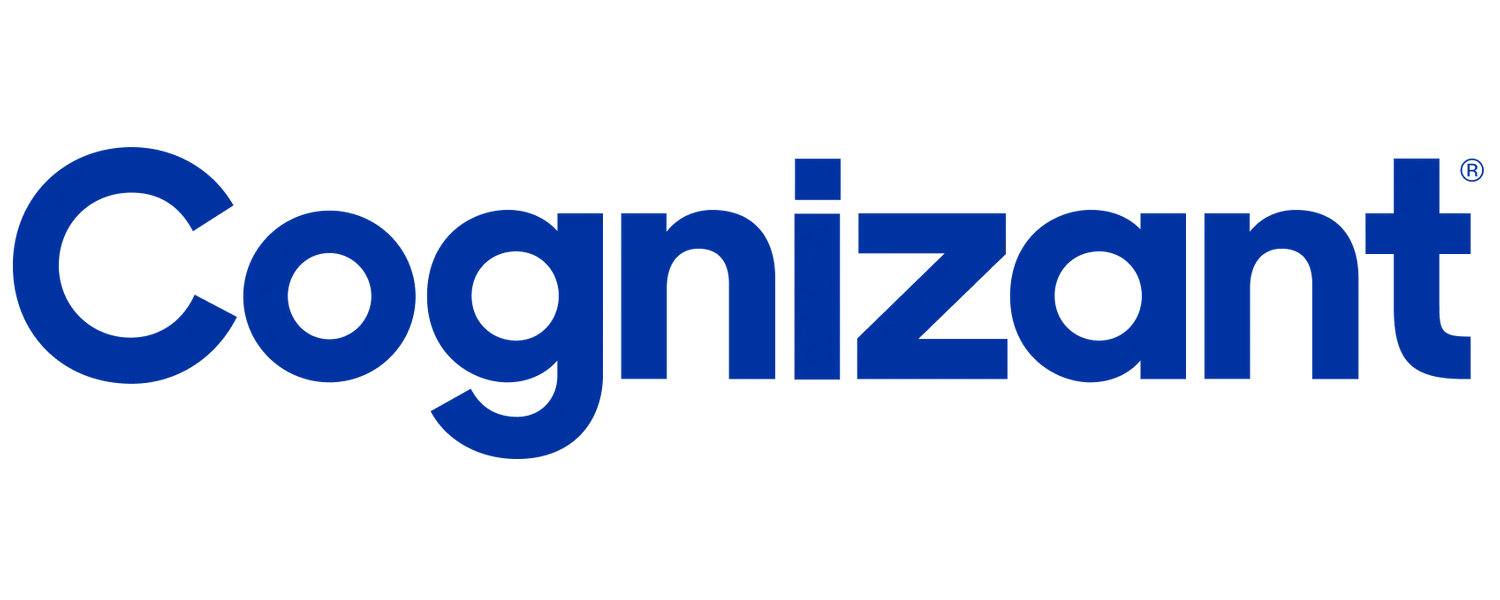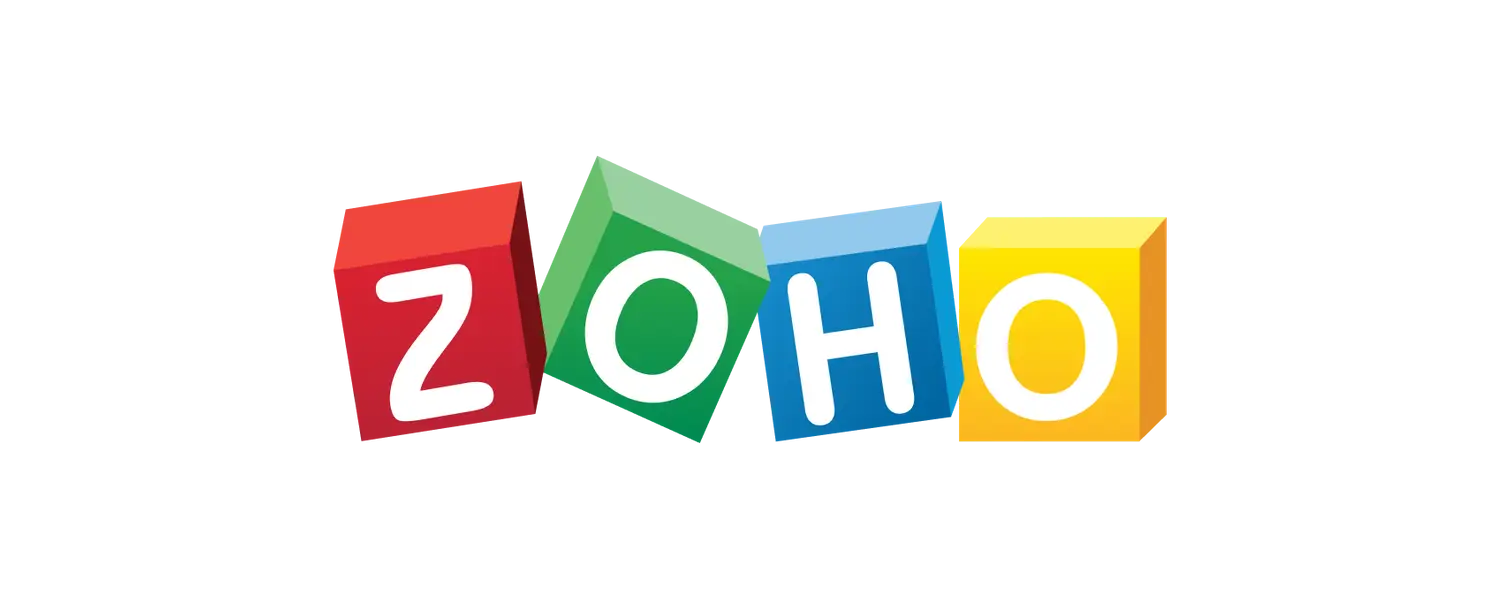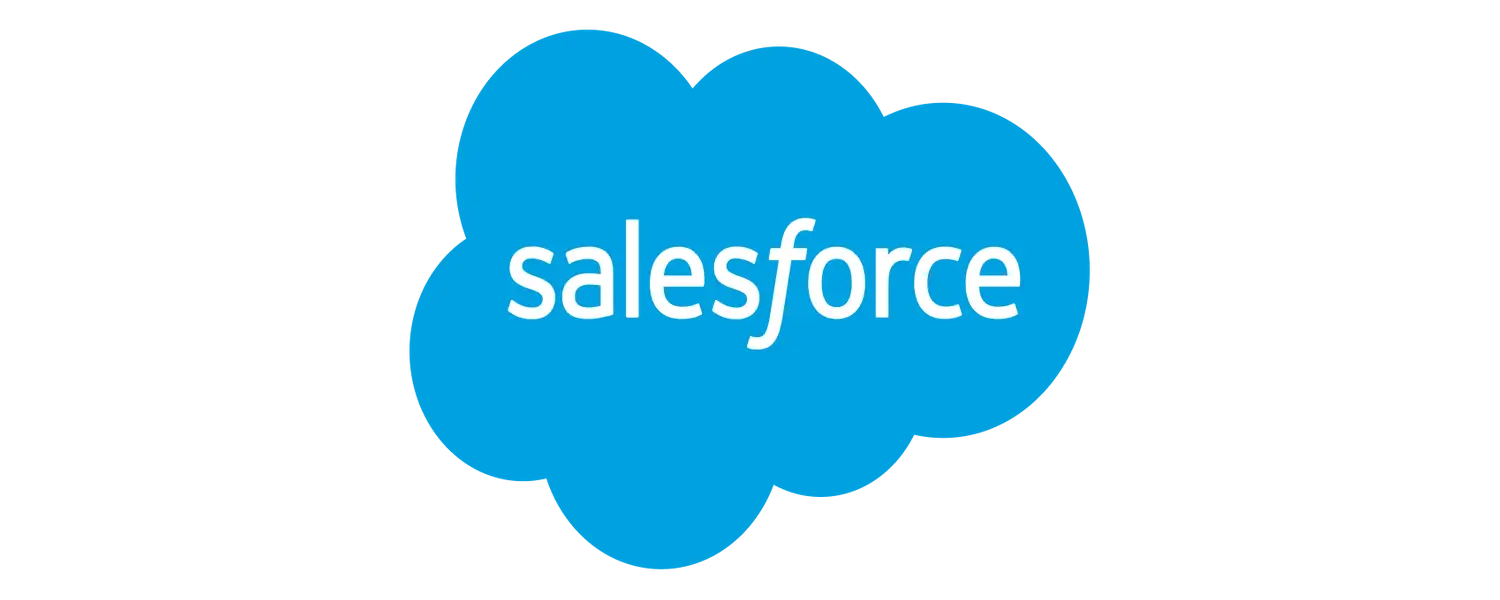

→ Portfolio Building & Review
→ 100% Placement Assistance
→ 1:1 Mock interview with an expert
→ Learn from Industry Experts
Hurry! 200 people have already applied in the last 1 month
Master UX design with hands-on curriculum crafted by UI/UX experts.
beginner-friendly, project-based curriculum
Build an interview-ready portfolio you can show to future employers
Enjoy continuous guidance from industry experts
1:1 mentorship + career coaching
Meet other students, ask questions, share advice, and get feedback on your projects.
In this unit, you’ll explore design fundamentals and gain a foundation for understanding what it takes to thrive in the UI/UX field. You’ll learn the difference between UX (User Experience) and UI (User Interface) and the various UI/UX design roles available in the field.
Topics covered
Artificial intelligence has made leaps and bounds in the past decade and has been changing almost every industry. In the design world, it plays a crucial role in enhancing user experiences, from personalized recommendations to intuitive interfaces. This unit will introduce you to the fundamentals of AI and its profound impact on user experience design.
Topics Covered:
A hands-on, iterative approach to problem solving that’s grounded in empathy, design thinking is the mindset designers like you will use to create effective user experiences. This unit introduces you to the core stages of design thinking.
Topics Covered
At its core, design is about solving problems. When you begin a new design project, you will likely conduct user research to understand why a problem exists and what users want to see resolved. In this unit, you’ll learn different types of user research and when to use them at various stages of the design process.
Topics Covered
You’ll get a feel for the design tools you’ll be using in the program, including Figma, Miro adobe XD.
Topics Covered
In this unit, you’ll dive deeper by developing a research plan and conducting user research for your capstone project. This is a very hands-on unit that will tailor your research to the problem you’re trying to solve.
Topics Covered
Once you’ve conducted your research, you’ll need to find a way to present it cohesively. Tools like affinity mapping, empathy maps, and personas can help you synthesize. your findings before presenting them to stakeholders.
Topics Covered
Once you’ve identified a solution, you’ll use information architecture best practices
to organize and structure the information based on how your user will move through and interact with your product. You’ll also learn to use AI algorithms for content categorization and personalization, and explore the ethical considerations of AI in information architecture.
Topics Covered
In previous units, you’ve been building out your UI design toolbox with the help of UI exercises woven throughout the bootcamp. In this unit, you’ll begin to apply these skills as you dig deeper into the fundamental and advanced UI design techniques every UI designer should know. In an AI focus subunit, you’ll learn the specific application of AI in Voice User Interfaces (VUI) and chatbot design.
Topics Covered
Designers don’t always invent solutions from scratch. They study what’s already offered and build upon existing solutions. In this unit, you’ll learn the most common types of product within the field of design.
Topics Covered:
In this unit, you’ll learn how to make design decisions and ideate a variety of solutions to the problem you’ve identified through your synthesized research. You’ll leverage user stories to help you identify the functional needs of your product.
Topics Covered:
Creating low fidelity design sketches is the first step in the march towards high fidelity designs. Sketching is an easy, affordable way to get your ideas out of your head and onto paper.
Topics Covered:
Once you’ve created sketches of your product, the next step is to create wireframes. Wireframes are often digitized versions of your sketches — they sit between sketching and high fidelity mockups. Creating a low fidelity digital version of your product will enable you to identify critical design decisions to make, while still offering enough flexibility for innovation.
Topics Covered:
In this unit you’ll learn the importance of establishing a visual language through design systems, in working toward a high fidelity screen. You’ll also understand how brand platforms communicate a company’s mission, promise, personality, and attributes.
Topics Covered:
As any designer will tell you, prototyping can identify problems and validate design decisions. Animations can also help improve design, playing a role on both a high-screen level and a granular level. In this unit, you’ll build a clickable prototype and learn how to use animation and interaction best practices. You’ll also turn your focus to exploring AI tools to bring prototypes to life.
Topics Covered:
After building a prototype, you’ll learn how to set up and facilitate usability test sessions, and synthesize your findings to determine
if you need to redesign your prototype. Continuing your AI discovery, you’ll learn how to adjust traditional usability techniques to effectively evaluate AI-driven interfaces.
Topics Covered:
Style guides ensure standards are consistent and uniform across platforms, including websites, mobile apps, and marketing collateral. In this unit, you’ll learn about different parts of a style guide.
Topics Covered:
Fundamentals of building a style guide
Color palettes
Fonts
Iconography
Designing UI elements
Photography and imagery
Once you have your style guide sorted out and a series of wireframes to work with, it’s time to create high-fidelity mockups
of your design. However, this doesn’t just mean making your designs look beautiful (which you’ll do — don’t worry!); it also means making your designs accessible and inclusive so that everyone can use your product.
Topics Covered:
As a UI/UX designer, you’ll be in frequent communication with developers. This unit will teach you how to effectively navigate this special relationship, reduce friction, and learn to speak their coding language.
Topics Covered:
Every designer needs to stay ahead of the trends in order to remain competitive and sharp. In this unit, you’ll uncover the latest trends and future projections in AI-integrated UX in order to anticipate future impacts in UI/ UX Design.
Topics Covered:
Learning how to tell a compelling story about your designs can go a long way to ensure alignment across business functions. This unit teaches you how to effectively communicate your ideas to a variety of stakeholders, such as team members and clients.
Topics Covered:
What happens when psychology meets design? Understanding human motivations can help persuade users to engage with your product. This unit gives you a window into how psychology and design can go hand in hand while also introducing new innovations emerging in the UX space.
Topics Covered:
Knowing the inner workings of a product life cycle and the business requirements that your product will need to be considered successful, can help you stand out from the pack of hiring candidates. In this unit, you’ll learn what it takes to gather the proper requirements and understand the key elements of the product life cycle.
Topics Covered:
What happens when psychology meets design? Understanding human motivations can help persuade users to engage with your product. This unit gives you a window into how psychology and design can go hand in hand while also introducing new innovations emerging in the UX space.
Topics Covered:
Create a job-ready portfolio that incorporates all the projects you will work on as a part of this bootcamp, including your Industry Design Project. You’ll work through the process of assembling a cohesive, in-depth, and engaging collection of work while tailoring your portfolio to show off your unique skills and interests.
Topics Covered:
Career units throughout the bootcamp will help you create a tailored job search strategy based
on your background and goals. Learn to craft a resume that stands out from the pack, evaluate companies and roles, ace interviews, and negotiate the best possible salary.
Your mentor will be with you every step of the way, offering feedback and providing personalized tips based on your goals.
Topics Covered:
Cohort Size
10 Seats
Program Duration
6 Months
Weekly Commitment
15 hours
UX design focuses on the user's journey to solve a problem, UI design on the aesthetic elements guiding that journey. Together, they create seamless digital experiences.
This course is ideal for anyone with a passion for design—no prior experience needed, just your curiosity!
Absolutely. With a high demand for UX/UI designers, pursuing this path offers a promising career with diverse opportunities.
You will be capable of applying for entry-level UX designer jobs. If you are already in the creative industry you can aim for senior roles by leveraging your current experience.
Yes, we do provide job assistance to our students.
Yes, we do have a money-back policy when you no long wish to pressure a career in UX
By continuing, you agree to skill schools terms of service and privacy policy


